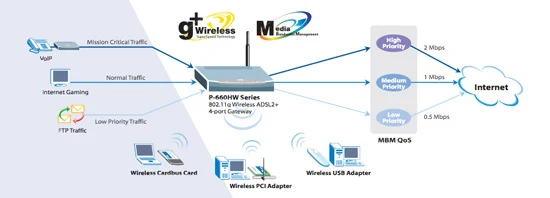- 87 paintings and sketchbooks in watercolour media will be exhibited in the 30th Exhibition at the Mall Galleries between 19 - 24 September 2017. (This compares to 75 paintings selected in 2016 and 90 works in 2015.)
- They were selected from 1057 submissions - meaning just over 8% of the paintings submitted were selected.
 |
| Cornish Coastline Sketchbook by Sarah Wimperis - selected for the 2017 STWC Exhibition |
There are 78 artists listed below -with links to their websites in their names and mini bios where info is available online. (See that's why you have a website!).
- 9 artists have got more than one painting in the exhibition and two of them are Lilias August and Camilla Dowse.
- This year I've indicated which artists selected in 2017 were also selected in previous years. STWC indicates previous years selected for this competitionAs you can see although there are a very few artists who are regularly selected, there's been a fairly significant 'turnover' and there are artists in the exhibition this year who weren't in last year - and quite a few of those have never been selected before.
- There are NINE artists marked with an * who have been selected at least three times prior to 2017. This means just over 11% of this year's artists have been selected more than 3 times - and the vast majority have never been selected before at all - meaning this competition is wide open to future applicants in 2018!
I also make a prediction about a future winner in this blog post - see if you can spot which artist I predict will win this prize at some point.
If you'd like your pic included in this post, please send it to me. You can contact me via my "Contact Page" at the top of the blog or the link in the side column.
A
- Roger Allen - STWC : Selected in 2016 and 2015. Based in Derbyshire and paints the Derbyshire landscape using a traditional technique of overlaid washes in watercolour.
- Lillias August RI - One of my favourite watercolour artists - I've rarely seen anything she exhibits that I don't like. Studied Fine Art at Goldsmiths College, London then did a postgraduate course in The History of Art and Design. Exhibited in STWC (when Singer & Friendlander) in 2001. Elected a member of the RI in 2006 and has been a prizewinner at RI exhibitions in 2002, 05, 06, 10 & 17 - but she's not somebody who normally enters competitions. She has a solo show at The Old Fire Engine House, Ely later this year (3 – 26 November). She has been working on a series of unmade beds.
The inspiration came from walking round a house that I was renting with my family. It was very quiet. They had all gone out for a walk and there were just these ‘remains of where they had been’ and I found it very moving. The subject matter is naturally evocative – I want the paintings to be dark and still, slightly brooding but peaceful. Technically the method of painting has been rather brooding too with paint being layered on and lifted off in stages to create a muted, soft yet strong, effect.
- Debbie Ayles - Based near Colchester in Essex. Participating in Open Studios in September. Difficult to summarise her work.
 |
| Escalation by Debbie Ayles acrylic and size (framed) is 70x90cm (framed) |























